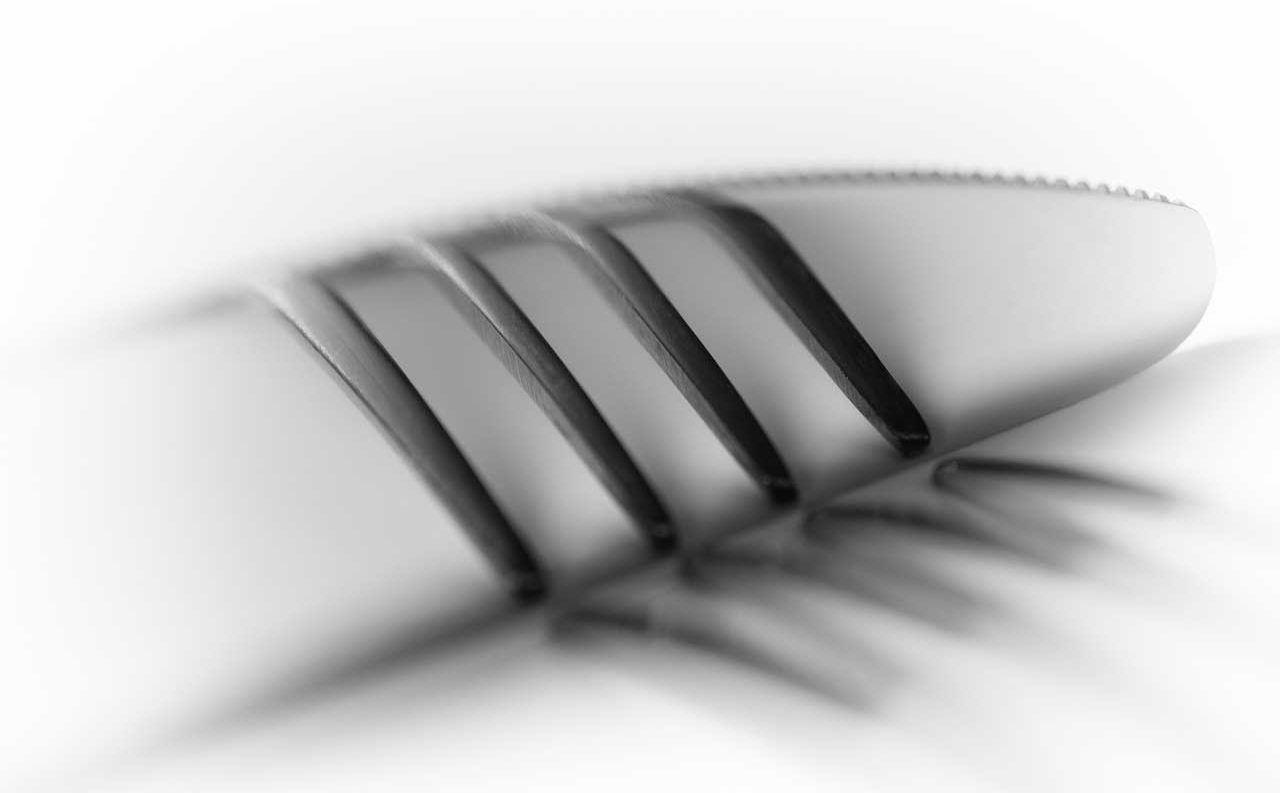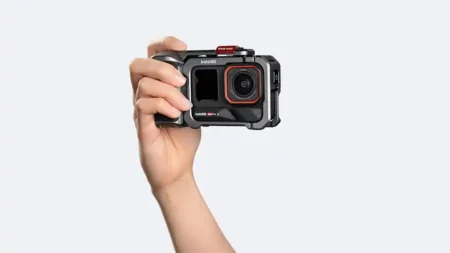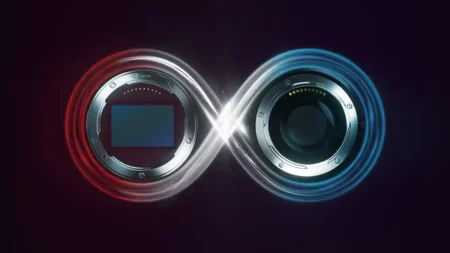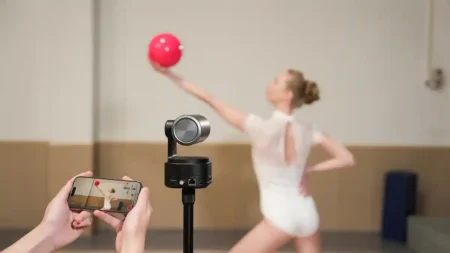Sometimes a little extra exposure produces a far more interesting image than the ‘correct’ exposure. In this tutorial we’ll explain the benefits of shooting a deliberate over exposure and why ignoring your camera’s light meter can give you some really creative images.
One of the first things that you learn when you start getting serious about photography is that the exposure should be set so that the camera’s light meter indicates that the image is correctly exposed.
Magazines, manuals and other photographers, they all train us to make sure that exposure meter rests safely in the middle of the scale at 0 EV.
Then a little further into your photographic journey you probably discovered that dark scenes can trick your camera into over-exposing. Likewise, overly bright scenes can fool even the best camera into under-exposure.
This happens because most of us tend to shoot in Aperture Priority or Shutter Priority mode. In these modes we choose the exposure control most important to us and then let the camera decide the corresponding settings. But sometimes your camera gets it wrong.
You then probably discovered the merits of your exposure compensation control which helps you reign everything in.
But do those highlights always need protecting?
I know in my own photography I’m paranoid to the point of being obsessed about burning my highlights that I under-expose too many scenes only to have to brighten them in Photoshop later on. This, of course, flattens some of those amazing colours I was trying to capture in the first place, and can even introduce noise to the shadow areas.
Eventually, enough was enough. I stopped obsessing over my highlights and realised that, yes, it is important to protect your highlights… but there are also times when an over-exposure produces a more interesting image than what my camera recommends.
Below I’ll explain how you can start to think beyond the normal confines of exposure and deliberately over-expose to produce bright images, perhaps even with burned out areas that enhance a picture’s sense of atmosphere.
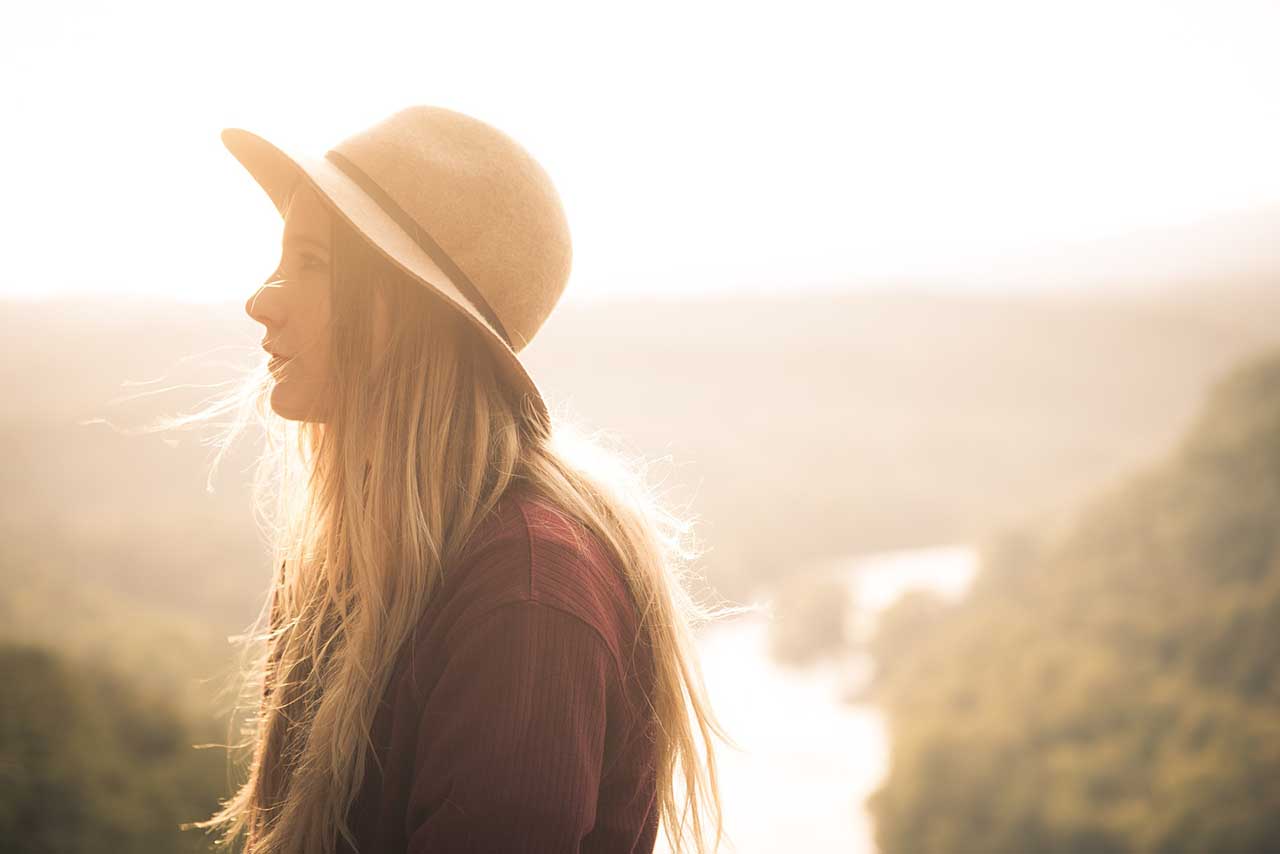
What subjects work best over-exposed?
There’s one thing I should make clear straightaway: I’m not talking about overexposing to correct for the underexposure that happens when a subject is very bright. I’m talking about finding subjects that will look more interesting when they’re made a bit brighter.
Back-lit subjects like trees in front of a low sun, work very well. Portraits also work very well with a bit of over-exposure that bleaches out the skin.
Over-exposure can also work very well when your light source is within the scene, as this enhances the sense of brightness.
How to over-expose an image
If you’re shooting in manual exposure mode when you find a scene that you think would make a good bright image you need to set exposure settings that the camera thinks will overexpose the image.
Remember to set a specific ISO setting rather than use the automatic option. Otherwise your camera will adjust the sensitivity to produce a ‘correctly’ exposed image… which you don’t want!
If you’re shooting in Aperture Priority, Shutter Priority or Program mode you can use the exposure compensation dial to increase the exposure as desired.
I tend to shoot raw files if I’m deliberately over-exposing an image, as this gives me more flexibility to increase the exposure more, or reign it in a bit, later on at my computer.
For best results, though, don’t rely solely on Photoshop. Try to get the correct level of over-exposure in-camera; over-exposure should be a deliberate act, not an afterthought.
Why a mirrorless camera gives you an advantage
If you shoot with a mirrorless camera – particularly one that has an electronic viewfinder – you’ll already know that you can see the impact of your exposure settings before you take a photograph.
This is a huge advantage when it comes to fine-tuning your exposure, as it makes it easier to asses whether everything looks how you want it to look.
DSLR users can switch to live view mode and claim the same advantage, but because DSLR cameras are bigger than CSCs they’re not as easy to hand-hold. You may, in these instances, want to switch your DSLR to live view to check your exposure settings, then swap back to using your viewfinder to take the shot.
